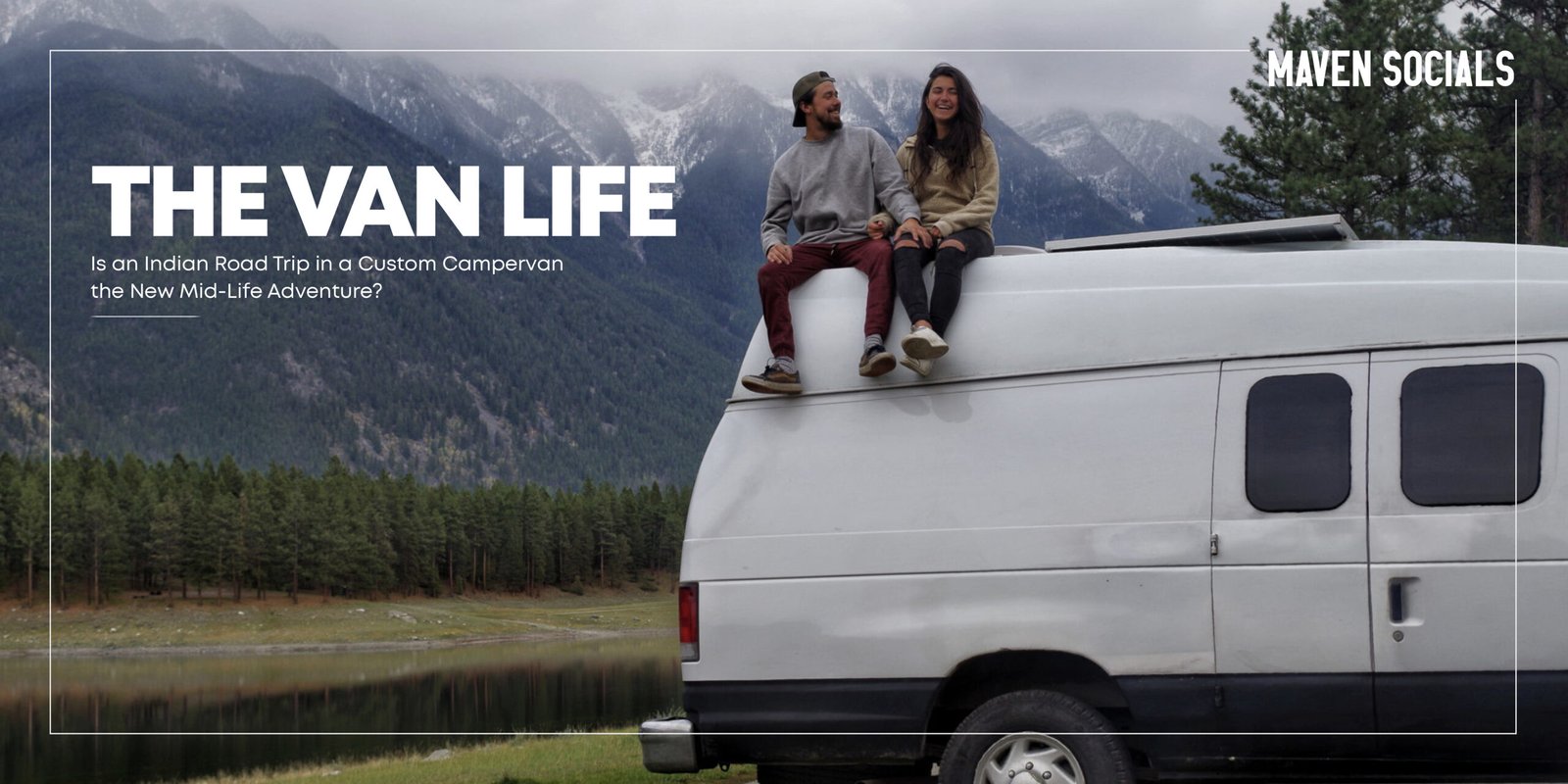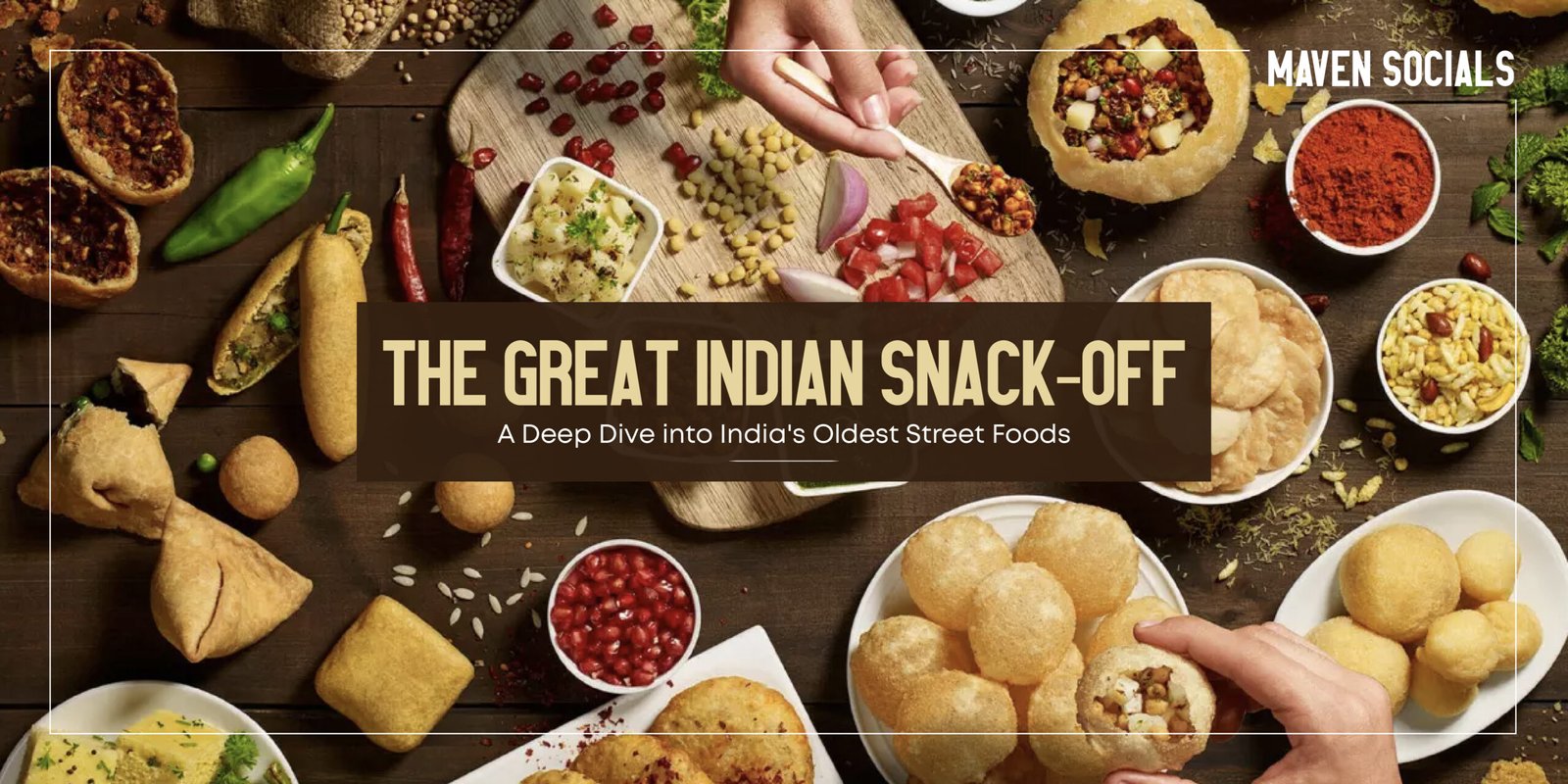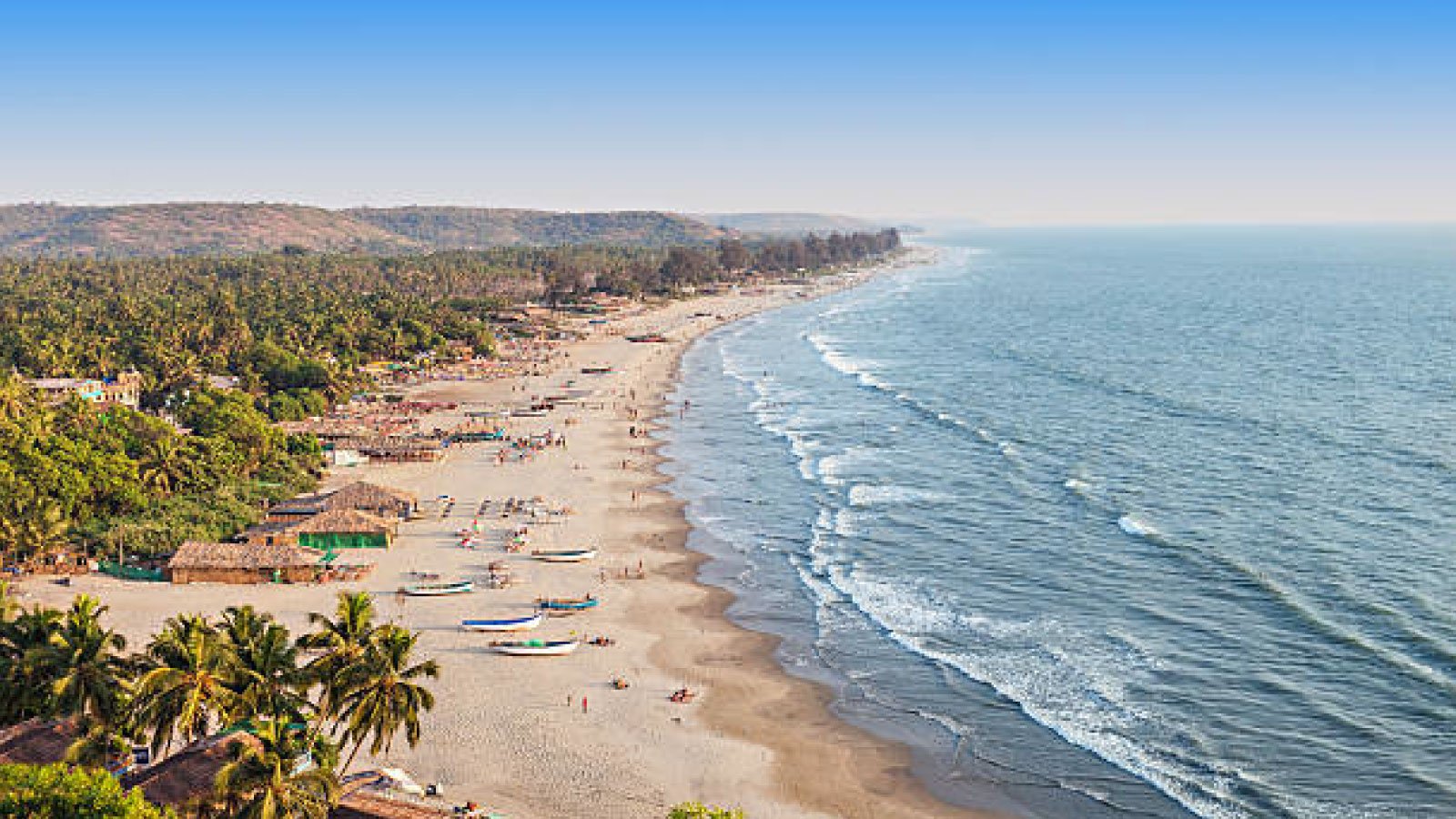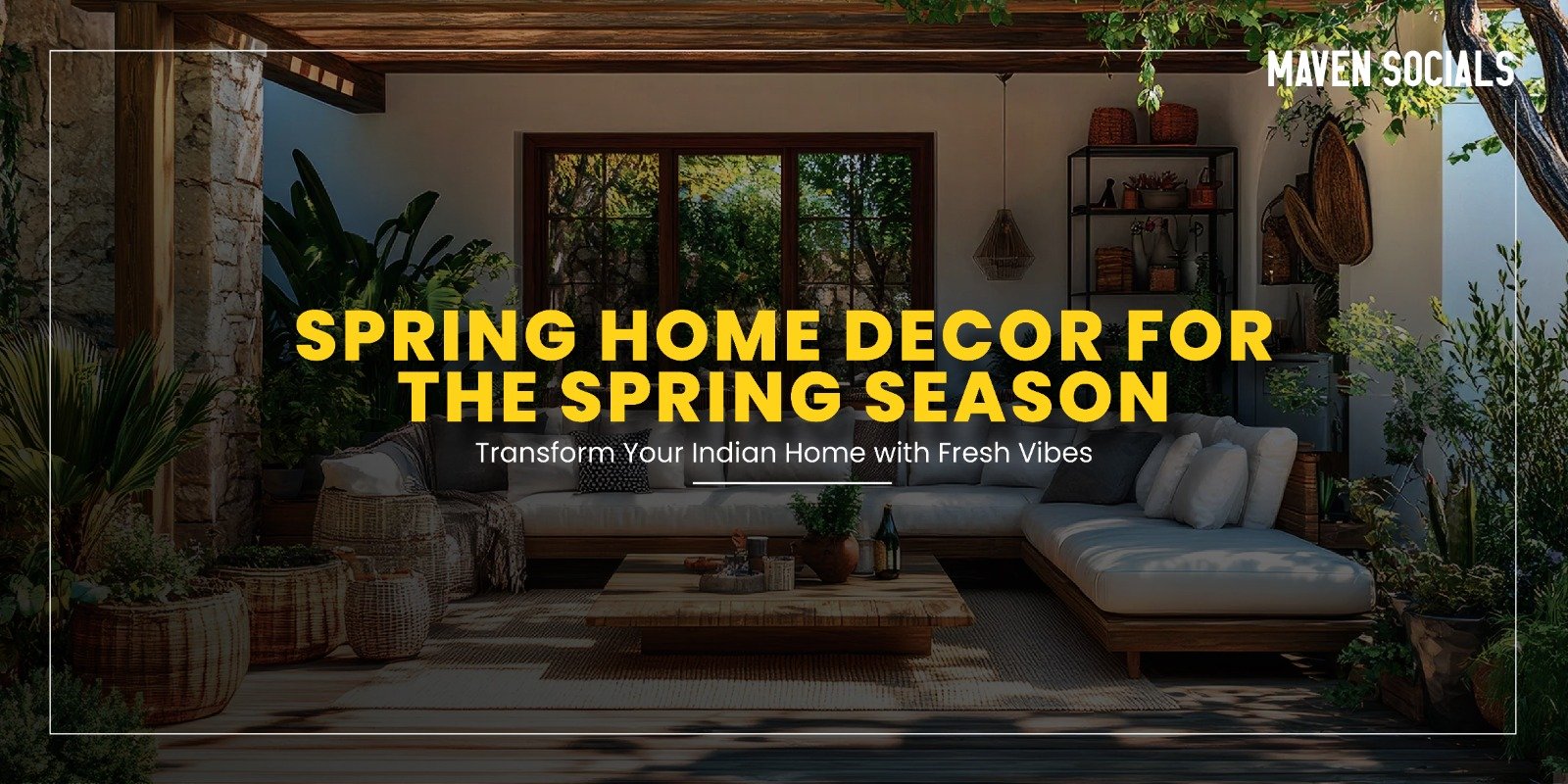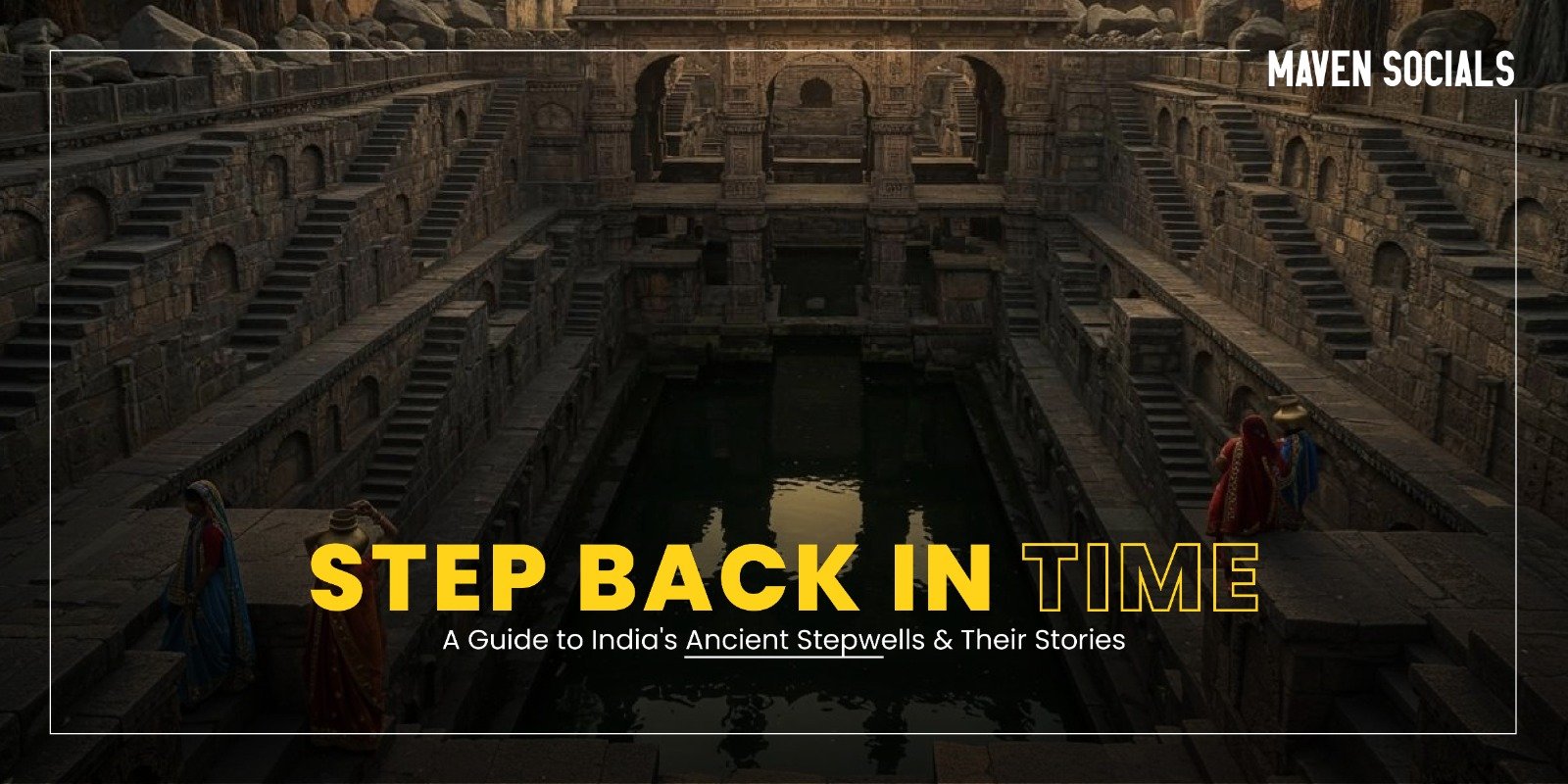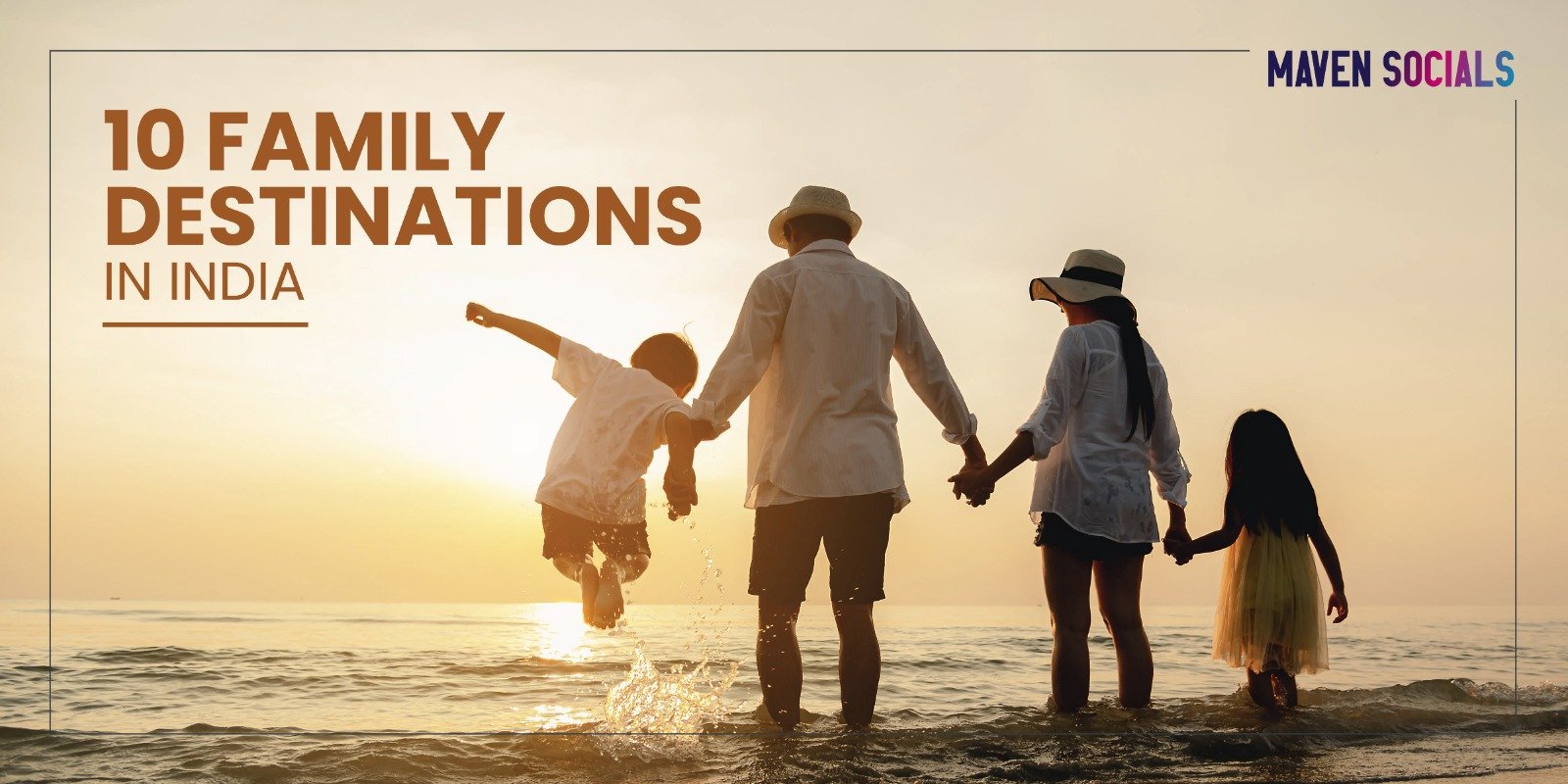Picture this: waking up to the ethereal beauty of Spiti Valley, brewing your morning chai in your own mobile kitchen, and having the freedom to chase sunsets along India’s spectacular coastline. The global van life movement has finally found its rhythm on Indian roads, and it’s becoming the ultimate mid-life adventure for those seeking to break free from conventional travel patterns.
As remote work becomes mainstream and people reassess their priorities post-pandemic, van life in India offers an intoxicating blend of freedom, adventure, and authentic cultural immersion. But is trading your comfortable home for a compact campervan really the answer to mid-life wanderlust? Let’s explore this growing trend that’s capturing the imagination of Indian families and adventure seekers alike.
What Exactly Is Van Life in the Indian Context?
Van life represents a minimalist lifestyle where your vehicle becomes your home, office, and gateway to exploration. In India, this trend has evolved to accommodate our unique cultural needs – from installing water purification systems to creating space for multiple family members. Unlike the Western concept of solo van life, Indian van life often centers around family bonding and multi-generational travel experiences.
The appeal lies in complete autonomy over your travel schedule, the ability to explore remote destinations inaccessible to traditional tourism, and significant cost savings over extended hotel stays. For mid-life adventurers, it offers a perfect blend of comfort and exploration without the physical demands of backpacking or the restrictions of package tours.
Buying vs. Renting: Making the Right Choice for Your Van Life Journey
Buying a Custom Campervan
Pros:
- Complete customization to match your specific needs and preferences
- Long-term cost effectiveness if you plan multiple extended trips
- Ability to modify and upgrade systems over time
- Potential rental income when not in use
- Pride of ownership and personal attachment to your mobile home
Cons:
- High initial investment ranging from ₹8-25 lakhs depending on base vehicle and modifications
- Ongoing maintenance responsibilities and costs
- Storage challenges when not in use
- Depreciation of vehicle value
- Learning curve for mechanical issues and repairs
Best for: Frequent travelers, early retirees, or those planning to spend several months annually on the road.
Renting a Campervan
Pros:
- Lower upfront costs, typically ₹3,000-8,000 per day
- No maintenance worries or storage issues
- Opportunity to try different van configurations
- Insurance typically included in rental packages
- Perfect for testing van life before committing to purchase
Cons:
- Limited availability, especially during peak seasons
- Less personal customization options
- Potentially higher costs for extended trips
- Dependency on rental company’s maintenance standards
- Booking restrictions and advance planning requirements
Best for: First-time van lifers, occasional travelers, or those wanting to experience different routes before investing in their own vehicle.
Essential Legal Formalities: Your Roadmap to Hassle-Free Travel
Vehicle Registration and Permits
Your campervan must have a valid Registration Certificate (RC) that clearly states its modified configuration. If you’re converting a commercial vehicle, ensure the modification is approved by the Regional Transport Office (RTO). For interstate travel, you’ll need:
- Valid driving license (preferably with heavy vehicle endorsement for larger vans)
- Vehicle insurance covering modifications
- Pollution Under Control (PUC) certificate
- Road permits for certain states (particularly Northeast and border areas)
Special Permissions
Certain regions require special permits. Obtain Inner Line Permits (ILP) for Arunachal Pradesh, Mizoram, and Nagaland. For areas like Ladakh, Spiti, and certain parts of Himachal Pradesh, you may need additional clearances, especially during sensitive seasons.
Safety and Compliance
Install mandatory safety equipment including fire extinguishers, first aid kits, and emergency triangles. Ensure your electrical and gas systems meet safety standards to avoid issues during police checks or border crossings.
India’s Most Spectacular Campervan Routes
The Himalayan Circuit: Spiti Valley and Beyond
Starting from Delhi or Chandigarh, this route takes you through some of India’s most breathtaking landscapes. Key stops include Kalpa, Tabo, Kaza, and Key Monastery. The route offers excellent camping spots but requires careful planning for fuel and supplies. Best visited between May and September.
Distance: Approximately 1,500 km round trip from Delhi
Duration: 10-14 days minimum
Difficulty: Challenging due to high altitude and rough terrain
Coastal Karnataka: Beaches, Culture, and Cuisine
This route showcases India’s western coastline from Goa to Kerala, passing through pristine beaches, spice plantations, and cultural heritage sites. Highlights include Gokarna, Udupi, Mangalore, and Wayanad. The region offers excellent infrastructure for campervans with multiple camping options.
Distance: Approximately 800 km
Duration: 7-10 days
Difficulty: Easy to moderate with good road conditions
The Rajasthan Desert Circuit
Experience royal palaces, desert landscapes, and vibrant culture. The route typically covers Jaipur, Jodhpur, Jaisalmer, and Udaipur. Desert camping near Jaisalmer offers unforgettable stargazing opportunities, while the cities provide cultural immersion.
Distance: Approximately 1,200 km circular route
Duration: 12-15 days
Difficulty: Moderate, with extreme temperatures being the main challenge
Northeast India: The Hidden Paradise
For the adventurous, this route covers Meghalaya, Assam, and accessible parts of other northeastern states. Experience living root bridges, pristine waterfalls, and unique tribal cultures. Requires careful permit planning and local guidance.
Distance: Varies by specific route chosen
Duration: 15-20 days minimum
Difficulty: Challenging due to terrain and permit requirements
Building Your Perfect Indian Family Campervan
Essential Systems for Indian Conditions
Water Management: Install a minimum 200-liter freshwater tank with a reliable filtration system. Include both UV and activated carbon filters to handle varying water quality across regions.
Power Solutions: A combination of solar panels (300W minimum), auxiliary battery bank, and inverter system ensures energy independence. Include 12V outlets for appliances and USB charging points.
Climate Control: Invest in proper insulation, roof ventilation fans, and if budget allows, a 12V air conditioning unit for extreme summer conditions.
Space Optimization for Families
Sleeping Arrangements: Design convertible spaces that serve multiple functions. Consider a dinette that converts to a bed and overhead storage with pull-out sleeping berths for children.
Kitchen Facilities: Include a two-burner gas stove, sink with pressurized water, refrigerator (compressor type for efficiency), and adequate storage for Indian cooking essentials and spices.
Storage Solutions: Maximize every inch with custom cabinets, under-bed storage, and exterior storage boxes for outdoor equipment.
Safety and Comfort Features
Install proper ventilation to prevent condensation, secure all appliances for rough road conditions, and include emergency equipment like a satellite communicator for remote area travel.
The Emotional and Social Benefits
Van life in India offers unique opportunities for family bonding away from digital distractions. Parents report deeper conversations with children, while couples rediscover shared adventures. The lifestyle teaches valuable lessons about minimalism, self-reliance, and environmental consciousness.
Many van lifers speak of the profound connections made with local communities, from sharing meals with village families to participating in local festivals. This authentic cultural exchange often becomes the most treasured aspect of the journey.
Challenges to Consider
Van life isn’t always Instagram-perfect. Challenges include limited privacy, mechanical breakdowns in remote areas, varying levels of infrastructure, and social acceptance in certain regions. Weather extremes can test both your equipment and patience, while finding suitable parking in crowded cities requires creativity and local knowledge.
Making the Leap: Is Van Life Right for You?
Van life in India suits those who value experiences over possessions, don’t mind basic amenities, and have a spirit of adventure. It’s particularly appealing to empty nesters, remote workers, early retirees, and families wanting to create unique bonding experiences.
Consider starting with a short rental experience or joining van life communities online to understand the reality beyond the romanticized social media portrayals.
Van life represents more than just a travel style – it’s a philosophy of freedom, simplicity, and connection with both nature and culture. For many mid-life adventurers, it’s proving to be not just a phase, but a transformative way of experiencing India’s incredible diversity while creating memories that last a lifetime.
Whether you’re seeking escape from routine, quality family time, or simply a new perspective on familiar surroundings, van life might just be the adventure you’ve been waiting for.
Frequently Asked Questions (FAQs)
What is the cost of van life in India?
The cost of van life in India varies significantly based on your approach. Buying a custom campervan requires an initial investment of ₹8-25 lakhs depending on the base vehicle and modifications. Renting a campervan costs approximately ₹3,000-8,000 per day. Monthly expenses for fuel, food, and camping typically range from ₹30,000-50,000, making it cost-effective compared to extended hotel stays on a road trip in India.
What are the best routes for a campervan road trip in India?
The best campervan routes in India include the Himalayan Circuit through Spiti Valley (1,500 km, 10-14 days), Coastal Karnataka from Goa to Kerala (800 km, 7-10 days), the Rajasthan Desert Circuit covering Jaipur, Jodhpur, Jaisalmer, and Udaipur (1,200 km, 12-15 days), and Northeast India covering Meghalaya and Assam (15-20 days). Each route offers unique landscapes and cultural experiences for van life adventures.
Is it legal to live in a campervan in India?
Yes, van life in India is legal with proper documentation. Your campervan must have a valid Registration Certificate (RC) stating its modified configuration, approved by the Regional Transport Office (RTO). You’ll need a valid driving license, vehicle insurance covering modifications, PUC certificate, and special permits like Inner Line Permits (ILP) for certain regions like Arunachal Pradesh, Ladakh, and parts of Himachal Pradesh.
Should I buy or rent a campervan for van life in India?
Buying a campervan is ideal for frequent travelers planning multiple extended trips, offering complete customization and long-term cost effectiveness despite the ₹8-25 lakh initial investment. Renting a campervan (₹3,000-8,000 per day) is better for first-time van lifers, occasional travelers, or those wanting to test different configurations before purchasing. Renting eliminates maintenance worries and storage issues, making it perfect for trying van life in India before committing.
What are the essential features needed in an Indian campervan?
Essential features for a campervan in India include a 200-liter freshwater tank with UV and carbon filtration, solar panels (300W minimum) with battery bank and inverter, proper insulation and ventilation, convertible sleeping arrangements for families, a two-burner gas stove, refrigerator, and adequate storage. Safety equipment like fire extinguishers, first aid kits, and satellite communicators for remote road trips are crucial. Climate control and space optimization are vital for comfortable family van life experiences.
